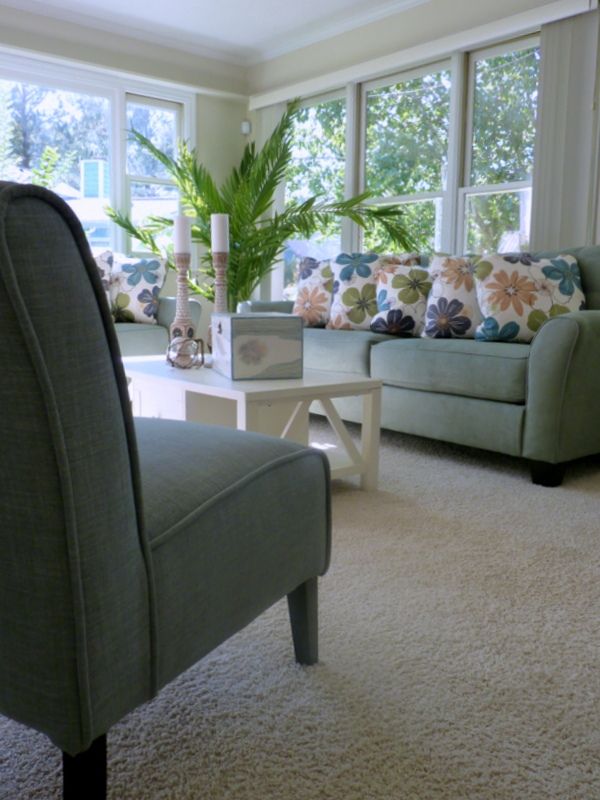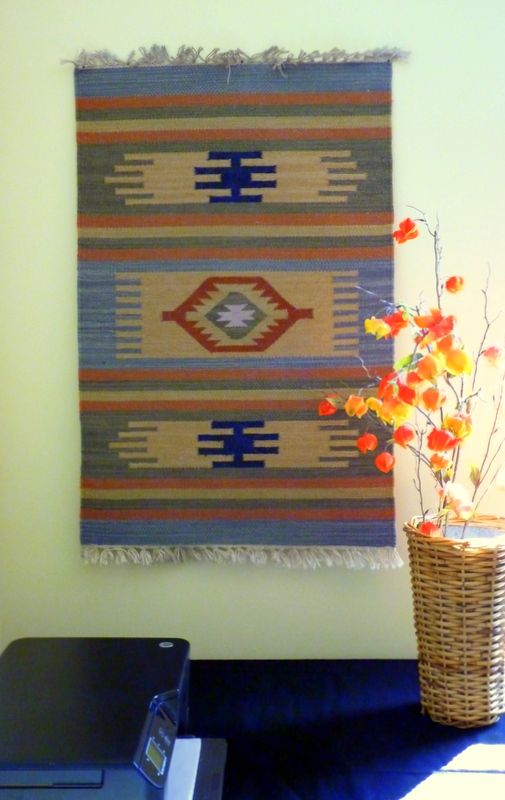Q & A about Old Furniture, Choosing a Realtor, and Who Stages
Wednesday, February 11, 2015
A: I’m in agreement with you. Unless there are other reasons you would choose this agent above all others, I’d use all the persuasion you can to convince your husband to choose a real estate agent based on some of the conditions and qualities I’ve blogged about in the linked post.
If your husband is convinced his friend is The One, I’d still interview the guy – in an informal way – to give him the message that business is business, to express your expectations, and to ask questions about how he plans to market your home.
Q: We are moving out of our home before it sells and I will be staging it with furniture we can live without temporarily in our new home. We have a baby grand piano that I could have moved now or later. Do you think a piano is a good piece of furniture for staging, or is it too specialized and personal?
A: A piano sounds like a terrific item for staging, especially if it is as attractive as a baby grand. Since you’re moving some of your furniture, I assume there’s space for it. If a piano were old and beat up, or if it crowded the rest of the room, I would have second thoughts about staging with it. Good luck with your move!
Q: Most of my furniture is old. Not antique old, just inherited pieces that are middle-of-the-road quality. Some match and some don’t. Do you have ideas for making my home look more (how else can I say this?) expensive?
A: It’s a common situation. Here’s what I suggest.
Separate any matching sets of furniture. If you have pairs of matching nightstands or end tables or chairs, use the pairs in the same room, but break up anything like a 5-piece bedroom set.
Can some of your older pieces be painted to give them a more casual look? People used to live more formally, but today, people’s homes reflect a more fun approach to decorating, so painted pieces don’t carry the stigma they once did.
Third, I would find some noticeably contemporary accessories, like a sleek new lighting fixture, a Lucite tray, pillows showing off a trendy design, or an abstract painting. These touches add a fresh, new feeling to the décor.
Finally, I would make sure that any nonessentials that look old-fashioned be kept out of sight. If your home is historic or a traditional Craftsman style or mid-century modern ranch, and can support some retro touches, that’s one thing. But otherwise, old window treatments, obsolete electronics, and dated small appliances make a home look stuck in time, or the property of people who don’t have money to spend on their home. People want to buy a pampered house.
Q: Where I live, people don’t stage their homes when it’s time to sell. It seems to be a practice more for cities and suburbs, not rural areas like where we are. Now that we’re getting ready to sell, I wanted to ask your opinion on staging my house. Won’t I look silly?
A: Let’s clarify one thing. A well-staged home does not look like it’s been fussed with. It looks like the home of people who are clean, organized, and financially comfortable.
I say, go ahead and stage your home to make it more attractive than the other homes that are for sale in your area. Make any repairs, clean and declutter everything, create a feeling of spaciousness, and you’re golden.
I say, go ahead and stage your home to make it more attractive than the other homes that are for sale in your area. Make any repairs, clean and declutter everything, create a feeling of spaciousness, and you’re golden.
My opinion is that every home is staged, whether it’s intentional or not, on the market or not.
You'll find more answers to staging questions in my three eBooks on DIY Home Staging, No-Sew Window Treatments, and Furniture Arranging.
You'll find more answers to staging questions in my three eBooks on DIY Home Staging, No-Sew Window Treatments, and Furniture Arranging.








.webp)








